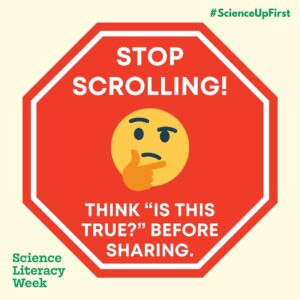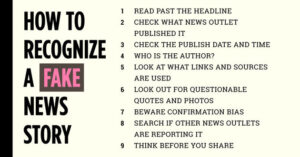Teaching Digital Literacy to Combat Fake News
In today’s digital universe, disinformation quickly spreads, making digital skills a basic skill for students. Teaching kids how to acutely assess, showing bias, and confirming information helps students become more responsible users and developers of media. In my area and grade level that I want to teach, I would include digital skills by combining fact-checking exercises, content analysis activities, and talking about bias into my lessons.
Integrating Digital Literacy into the Curriculum
One way to set digital skills in my classroom is through fact-checking exercises encouraged by Web Literacy for Student Fact-Checkers by Mike Caulfield. His route acknowledges plans like fact-checking across sources, where students connect multiple sources to confirm claims. For instance, I could show students trending social media posts or news stories and have them look into their reliability using fact-checking sites like Politifact or SweetSearch.
Another core strategy is educating students to judge bias in news outlets. Using the Media Bias Chart, students can search how different outlets have the same story and talk about how framing influences public representation. The exercise will be put to use that connects to critical thinking and researching skills highlighting in our lessons.
To have students’ understanding grow, I would combine lessons from the NewseumED unit on media literacy, which gives interesting activities on recognizing misinformation. One activity might have students take the “Can You Spot the Fake News Headline?” quiz and thinking about why misinformation headlines are successful. This would connect into my lessons on effective writing and power of speech.
Aligning with the NCTE Framework
The National Council of Teachers of English (NCTE) framework inspires students to be knowledgeable, thoughtful, and honest communicators on the web. By joining these digital literacy activities, I would be acknowledging severy key NCTE principles, including:
- Active Inquiry and Critical Thinking: Inspiring students to ask where the sources came from and think about media critically.
- Multimodal Literacy: Teaching students to point and explain different media formats.
- Social Responsibility in Digital Spaces: Talking about the ethical issues of sharing misinformation and the importance of responsible online behaviour.
Teaching digital skills is important in providing students with the skills to explore today’s information landscape. By combining fact-checking strategies, bias analysis and media skills lessons, I can help my students by developing critical thinking skills that they need to tell apart credible information from misinformation.


I like your ideas for incorporating digital literacy into the school curriculum. It would definitely aid students in their education and confidence on the subject!